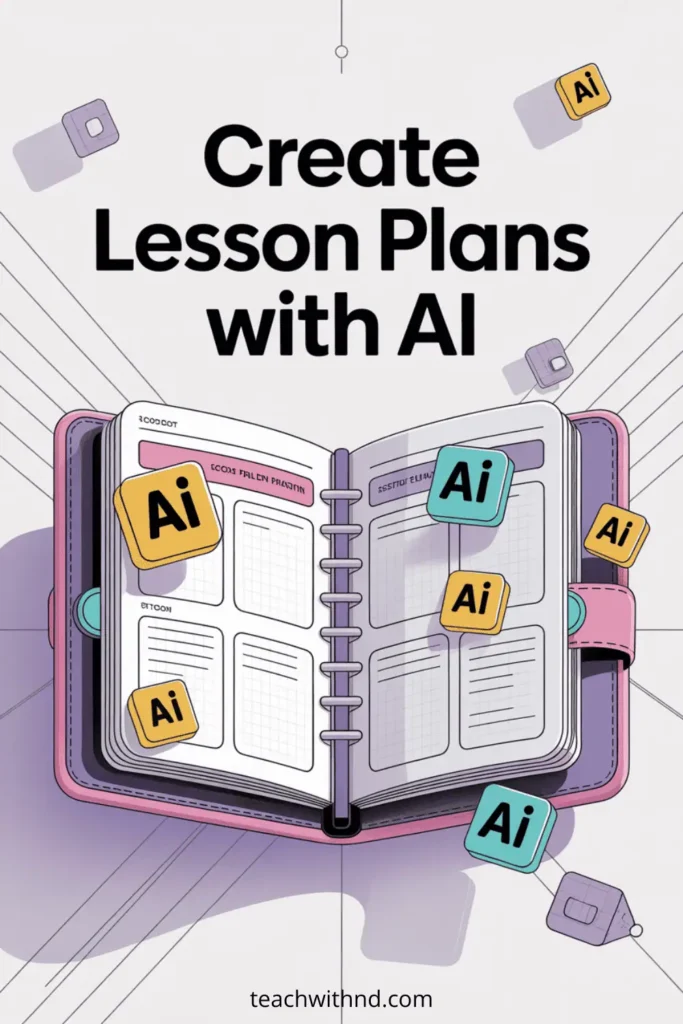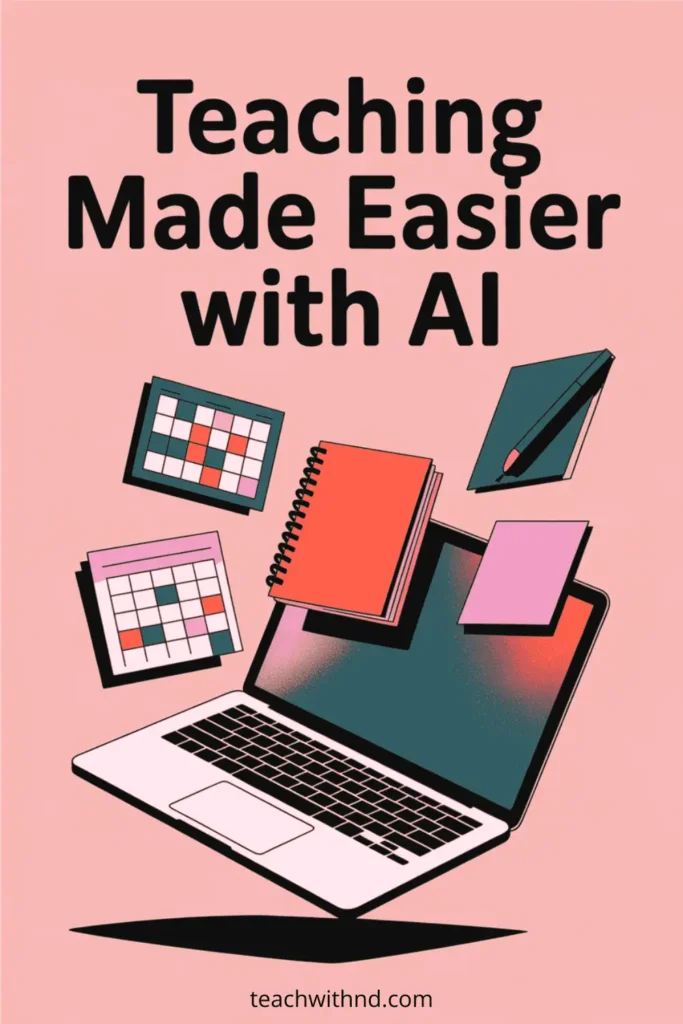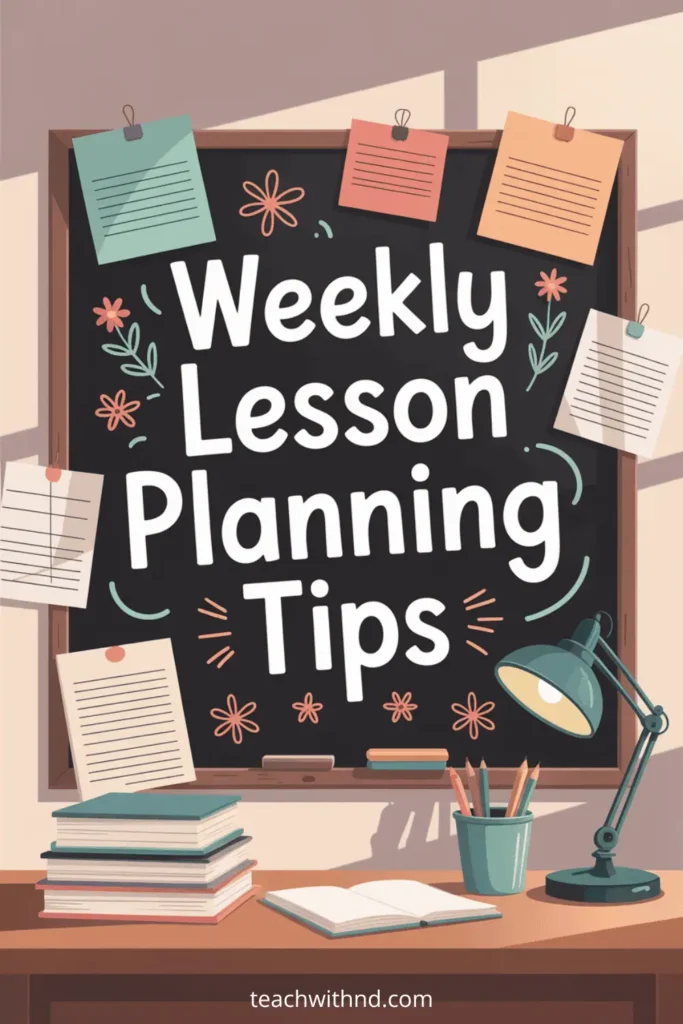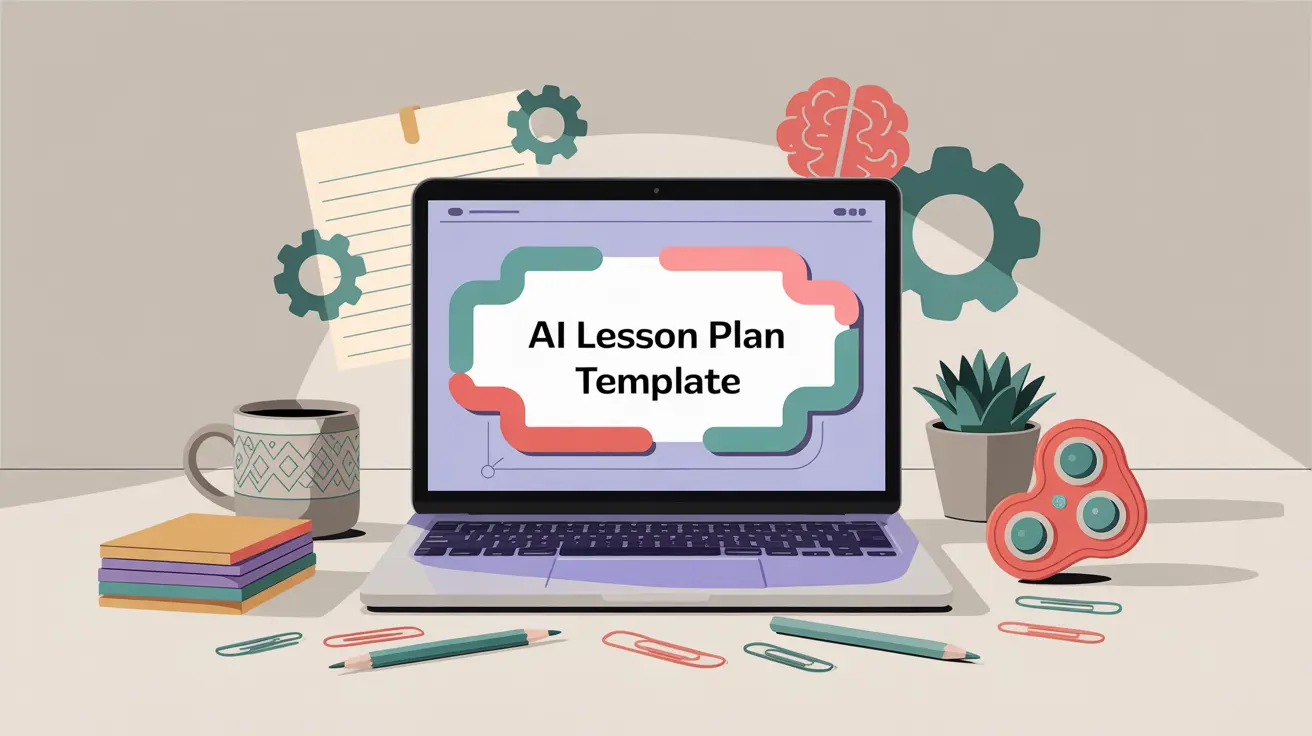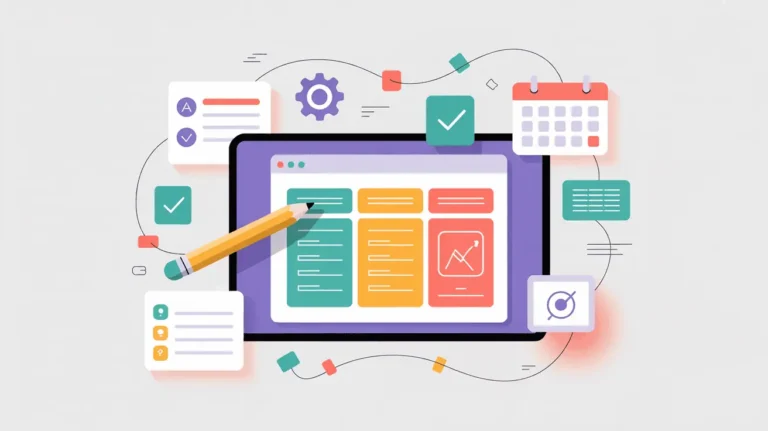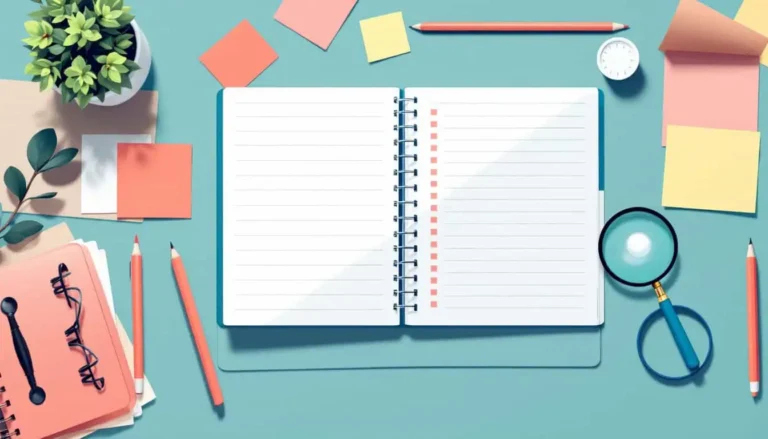Real Talk: How to Create Lesson Plans Using AI Without Losing Your Voice as a Neurodivergent Teacher
Lesson planning can feel like trudging through mud sometimes — especially if you have ADHD or autism.
It definitely did for me, which I why I'm here sharing about all these cool tools!
If you find yourself buried under sticky notes, pouring coffee over yet another “almost perfect” plan, you’re not alone.
Many neurodivergent teachers, including myself as a now being on the other side of it, know this feeling all too well.
But what if you could create lesson plans using AI and get back some time (and sanity)?
Without giving up your creativity or control?
Here’s how these smart tech tools can help clear the clutter from your mind (and your desk) so you can spend more energy where it counts: with your students.
Understanding the Benefits of Creating Lesson Plans Using AI
If you feel like your brain is playing whack-a-mole while trying to focus on lesson plans, AI support can transform how you plan.
If you're anything like me, the hurdles aren’t just staying organized or coming up with fresh ideas.
It's the limitless abilities our minds can have with finding connections… which is great.
But not when your class starts tomorrow morning.
It’s the fatigue from having to rewrite the same things, losing pieces of your plan, or doubting what you created.
When you create lesson plans using AI, you take a chunk of that pressure off your shoulders.
AI can handle the drafts, suggest activities, remix your old plans, and help you see where there are gaps or chances to make things more interesting.
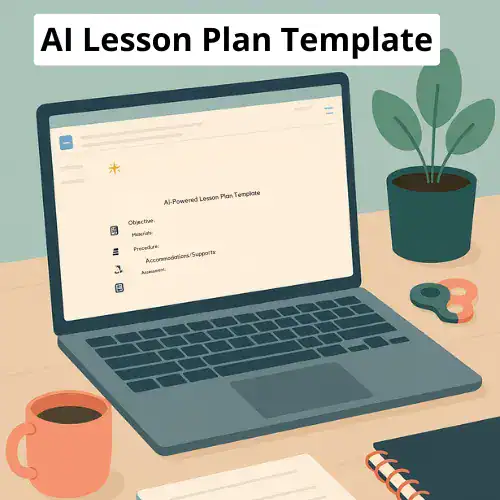
Save Hours with This Free Lesson Plan Template
Designed especially for teachers with ADHD or autism who need structure without the added stress.
✔ Built-in prompts
✔ Editable
✔Teacher self-accommodations ideas
✔ Sample plan included
How AI Works for Lesson Planning
Think of AI as an assistant that never rolls its eyes when you ask the same question again.
Most AI lesson plan generators work by taking your prompt (something like “sixth grade science lesson on animal adaptations”) and turning that into an outline.
The outline can have objectives, activities, assessments, and even differentiation strategies.
If you’d like a clearer picture, see Understanding AI Lesson Plan Generators for a step-by-step explanation.
A good AI tool doesn’t make you lose the human touch.
Instead, it helps you jump the hurdle of the blank page so you spend more time on meaningful tweaks rather than fighting mental clutter.
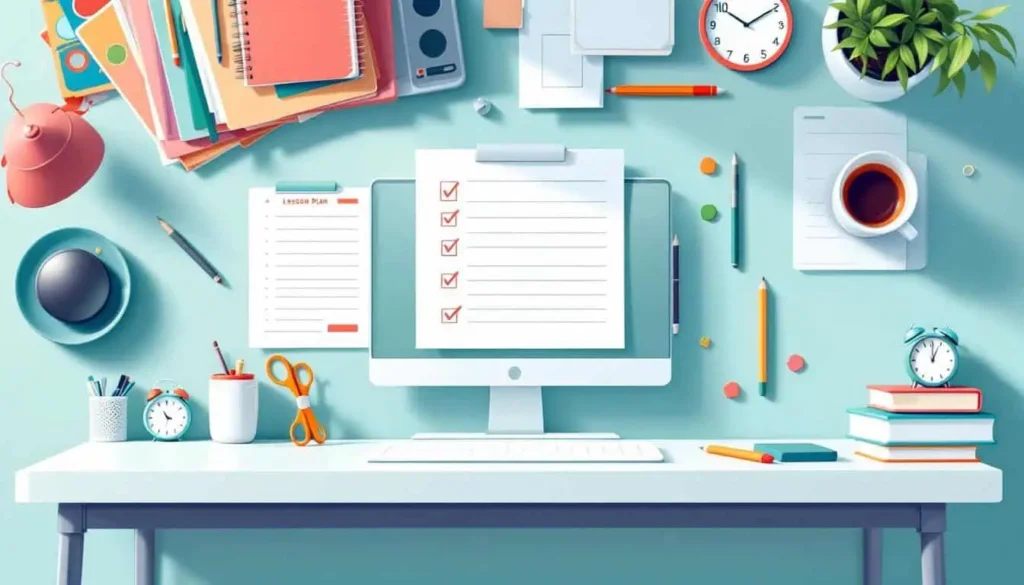
Advantages for Teachers with ADHD and Autism
As you likely know, when your brain is constantly finding connections to other ideas?
That can slow us down building a solid structure.
AI lesson planning gives you a draft that you can build on, subtract from, or rearrange as needed.
These tools take away some of that perfectionism pressure, making sure you don’t get stuck on step one.
Because it’s easy to test ideas and make quick changes, you can keep your time in check.
You can also avoid the “all or nothing” thinking that can lead to burnout.
(Hi, raising my hand as a formerly burned out teacher.)
AI is also really great at improving what you already have.
It can help you brainstorm new hooks, or even generate visuals and stories tailor-made for your students' learning profiles.
Who knew?
Step-by-Step: How to Create Lesson Plans Using AI Efficiently
Ready to try something new?
Here’s a practical sequence for using AI to create lesson plans that are easy to adapt.
(Even if technology sometimes stresses you out.)
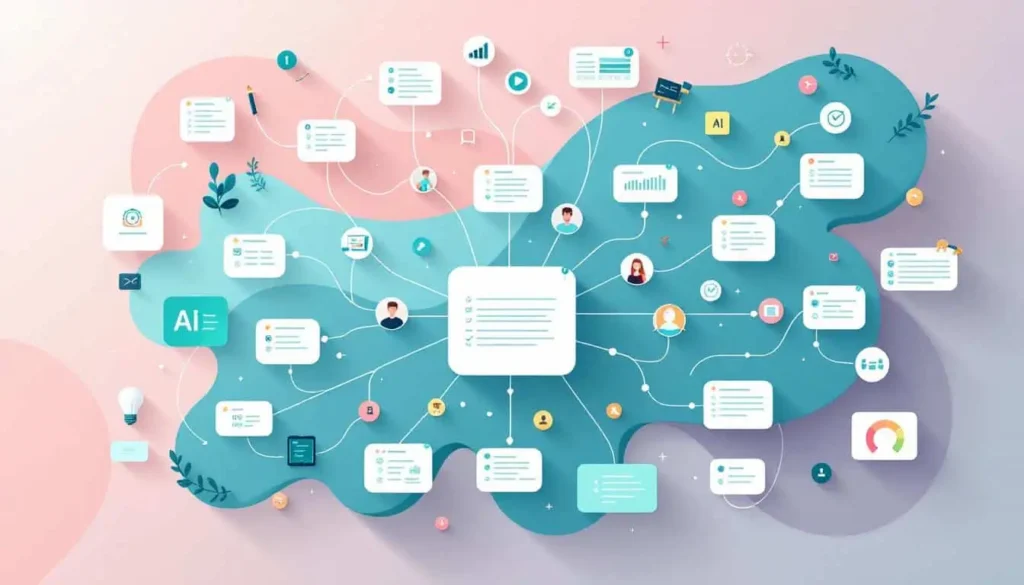
Choosing the Right AI Tool for Your Classroom
Don’t feel like you need the fanciest app or the longest list of features.
The best tool is the one you’ll actually use.
Popular options among include ChatGPT, Claude, and Brisk AI.
Some are more chat-based, while others have built-in education templates and visuals.
To compare options or see which might fit your needs, the AI Lesson Plan Template Generator post covers the basics.
In it, you will find tips for picking a tool that matches your classroom style and detail preferences.
Customizing AI-Generated Plans for Your Needs
The first idea out of the AI’s “brain” is just your starting point, not the final product.
Once you have an AI-drafted plan, look it over and ask, “Does this fit my students? Is the pacing realistic?”
You might want to simplify language, add more visuals, or build in extra think time for your group.
You control the voice, structure, accessibility, and are the last bias checker before it goes live.
AI is simply your jumping-off spot—a brainstorming buddy that doesn’t judge your quirks.
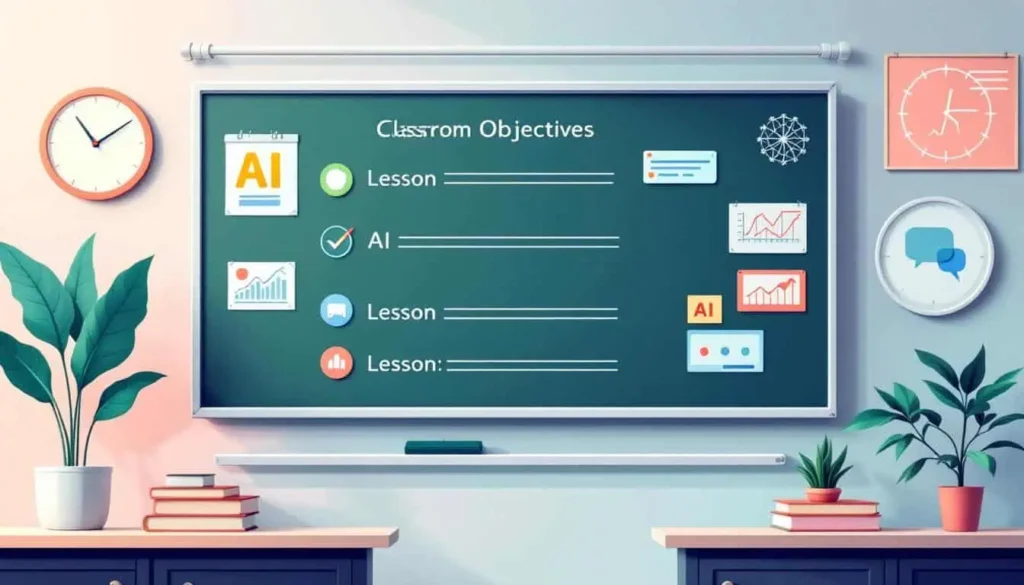
Weekly Planning with ChatGPT and Other AI Assistants
The dream isn’t to automate away all your planning.
It’s to get a jump start that helps you avoid feeling lost or paralyzed at the beginning of the week.
Many teachers use AI to outline the week’s goals, key themes, and must-haves.
You handpick activities, reflection questions, or even create “choose your own adventure” tasks that keep kids interested.
For a walkthrough on mapping out a week quickly, check out How to Make a Week's Lessons with ChatGPT.
There, you can see what this could look like for your planning flow.
Maximizing Success: Accommodations and Support for Neurodivergent Teachers
Sometimes just having the right tool isn’t enough.
Having your routines and systems in place is super important.
As is, keeping an open mind.
Workplace Accommodations for Lesson Planning
Simple adjustments can help: templates, timers, visual reminders, or regular breaks.
You can pair these with AI lesson planning to reduce overwhelm and build consistency.
See the top ADHD workplace accommodations for teachers for ideas you can use right away.
(Even if your school isn’t offering much formal support, or if you're not ready to ask directly. Which I totally get.)
You don’t have to “do it all” alone, and you certainly don’t have to reinvent your process every week.
Useful Resources and Community Support
AI is just one tool in your kit. Fill your toolbox with resources that meet you where you are, not where you “should” be.
Explore the collection of ND teaching resources to find printable planners, prompt guides, and helpful checklists.
These go hand-in-hand with a smarter, more sustainable lesson planning approach.
Tap into resources designed by and for neurodivergent educators—they get it in ways clickbait articles just don’t.
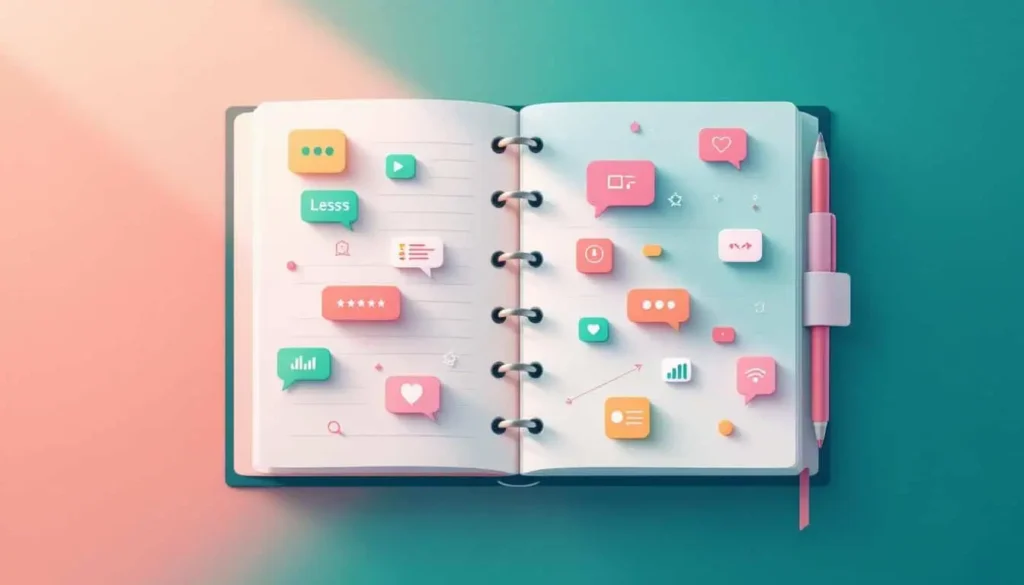
Building Community: Connecting with Fellow Neurodivergent Educators
No one should navigate the maze of lesson planning or tech struggles alone.
Building a peer network, online or in person, makes the process lighter.
And it gets easier to swap tips, offer empathy, and celebrate the “good enough” wins together.
Finding Your Neurodivergent Teacher Tribe
Isolation is common, but it isn’t required.
Connect with peers through forums, local meet-ups, or support groups.
When you talk to others using AI for lesson planning (and sometimes cursing at it)?
It normalizes the experience and lets you learn what’s actually working—without filters.
Read about the benefits of finding your neurodivergent teacher tribe.
Community changes everything, from sharing a better AI prompt to swapping sensory-friendly seating ideas for your classroom.
In Summary
Lesson planning doesn’t have to drain your energy or steal your Sunday nights.
When you create lesson plans using AI, you trade overwhelm for empowerment.
You get an extra set of (robotic) hands helping you outline, brainstorm, and focus.
The best part?
Your creativity, voice, and professional wisdom always lead the way.
Try a starter plan, toss out what doesn’t work, and keep the bits that make teaching feel manageable.
You’re still the teacher your students need.
Now you just have another tool for making it all possible. (With less stress!)
Feeling inspired?
Start exploring AI for lesson planning today, and remember:
Support, accommodations, and your community are always part of the plan.
Join the Community
Want to connect with other like-minded educators?
We share ideas, ask for help, vent, and generally support each other.
Visit our Facebook group and take it one step at a time.
You've got this! ❤️
Found Something Helpful? I'd Be So Grateful If You'd Please Pin One of These Images!
It truly helps my blog reach more teachers like you. Thank you!
